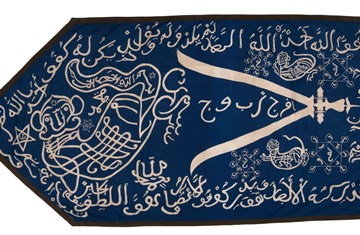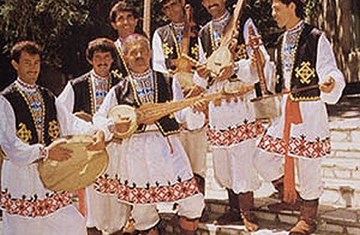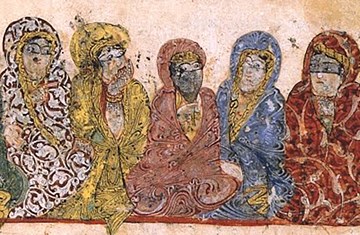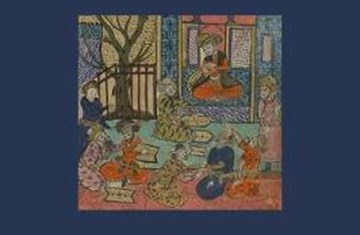Evolution of the Shi'a Ismaili Tradition in Central Asia
Keywords: Central Asia, Tajikistan, Badakhshan, Panj River, Pamir Mountains, Tajik Ismaili, Ismaili, spread of Islam, Ismaili da�wa, diversity, Imam, Samanids, Abu Ali ibn Sina, Al-Biruni, Firdousi, Fatimids, Al-Mustansir bi-Allah, Nasir Khusraw, Ali ibn Asad, Sufi Tariqahs, imam, pir, khalifa, jamat, Soviet Union, stability, Aga Khan Development Network
Abstract: In this study, the author writes about the history of the Tajik Ismailis who belong to the larger Badakhshani Ismaili community living on both sides of the Panj River that divides Afghanistan and Tajikistan. The Tajik Ismailis constitute one of the largest and historically oldest concentrations of Ismaili communities in the world. This article provides a brief overview of their history from the spread of Islam in Central Asia in the eighth century to the current post-soviet era where the contemporary Tajik Ismailis have participated not only in the change of the broader processes of politics and culture, but in the restoration of stability in conjunction with the work of the Aga Khan Development Network (AKDN).
Author

Dr Sarfaroz Niyozov
Sarfaroz Niyozov was born in the village of Shujand in the Roshan district of Badakhshan, Tajikistan. He received his undergraduate education at Tajik State University and graduated with an Honours degree in Arabic in 1983. Dr Niyozov subsequently worked as an Arabic-Russian translator in Syria and Yemen and later began his graduate studies at Tajik State University where he was also employed as an Arabic instructor.










